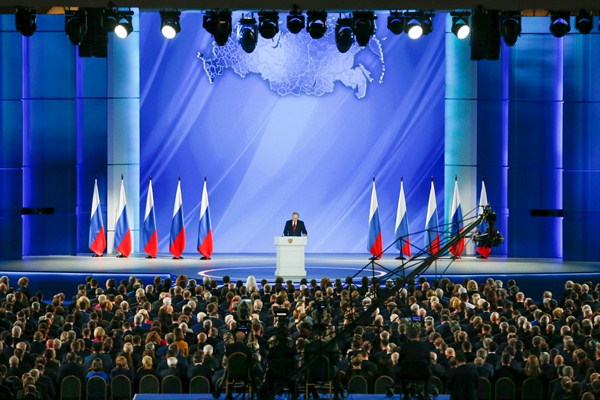MOSCOW—Svetlana Alliluyeva, Joseph Stalin’s daughter, recalled in her memoir that before the tyrant drew his final breath, he cast a menacing glance at the confidantes and relatives gathered around him, then raised his arm as if to point to something or threaten someone. He may have been attempting to articulate his final request or even designate a successor, but no one ever decoded the gesture. Stalin left no formal plans for succession despite having ruled the Soviet Union for three decades. After his death, three senior officials—Nikita Khrushchev, Georgy Malenkov and Lavrenty Beria—quickly entered into a fierce power struggle to lead the Soviet state.
Vladimir Putin wants to avoid that kind of political uncertainty after his presidency is up. That is why last month, he suddenly announced a shake-up of his Cabinet and a set of far-reaching constitutional reforms in Russia that lay the groundwork for his political future after his presidential term ends in 2024. Just hours after the announcement, Prime Minister Dmitry Medvedev resigned, and a mostly unknown bureaucrat was appointed to replace him.
The proposed constitutional amendments are currently being finalized and fast-tracked through the Duma, Russia’s legislature. They stipulate that Putin’s time as president is coming to an end and that he will not be able to serve as president after 2024, even if he leaves office for a term. Future presidents will not be allowed to serve more than two six-year terms, even non-consecutively.

